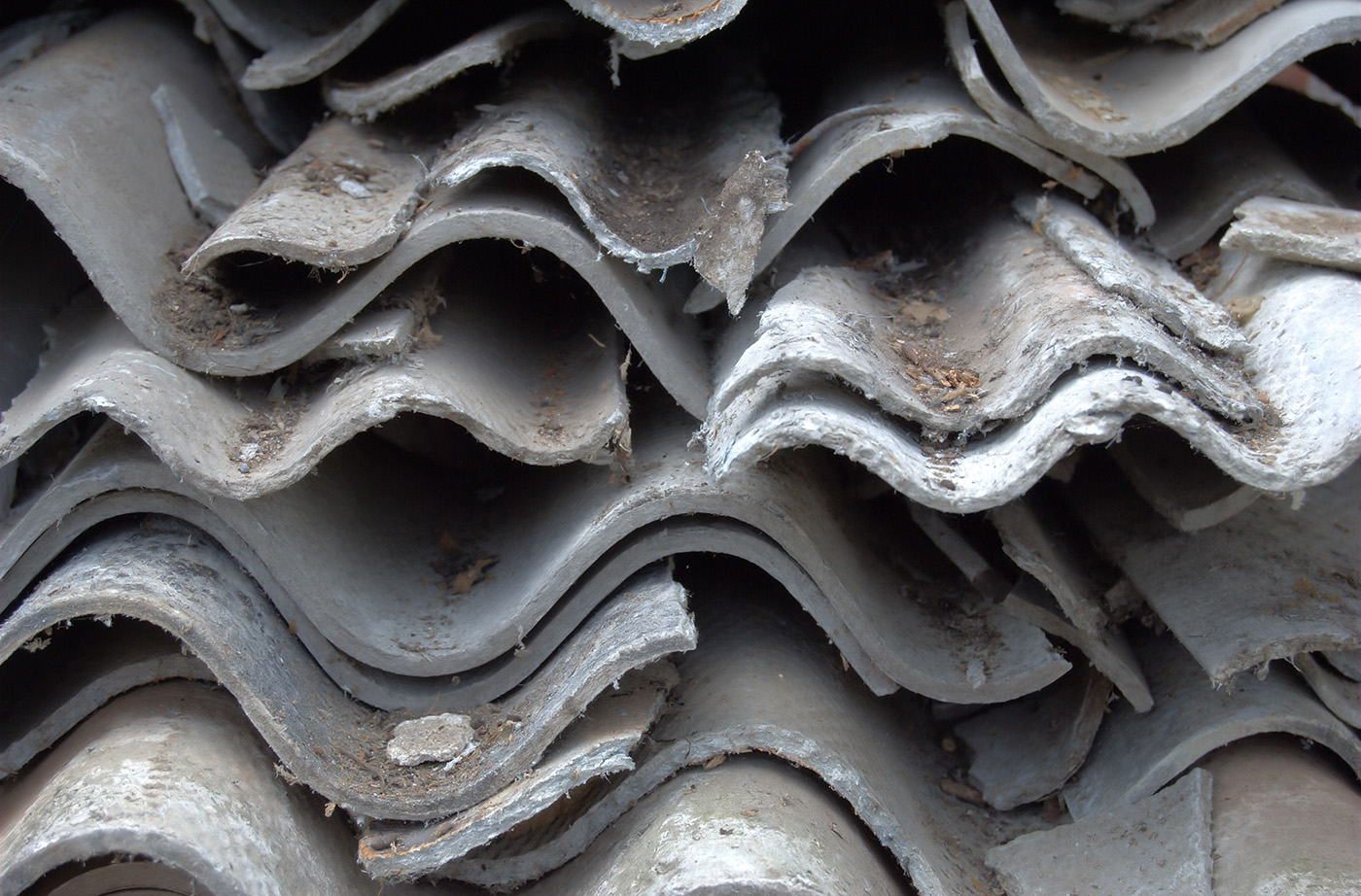Frequently Asked Questions
From Successfully Identifying Asbestos to Class B Asbestos Removal Facts – Our North Island-based Asbestos Specialists Answer your Frequently Asked Questions
Need Advice on Identifying or Removing Asbestos?
Learn How To Identify Asbestos & What To Do If You Have An Asbestos Problem With Our Useful Information About Asbestos & Asbestos Testing In New Zealand
Do you find yourself wondering what your next move is in getting rid of Asbestos?
If so, our certified asbestos removal team have compiled this page to help you understand a bit more about what and where asbestos is and the steps you need to take if you think asbestos might be present at your property.
If so, this page should help you understand a bit more about what and where asbestos is and the steps you need to take if you think asbestos might be present at your property.
Whether you’re a builder contracted to complete renovations on a heritage home, the owner of an industrial warehouse built in the years prior to 2000, or a first home buyer wanting to protect your family from potential harm, we hope you’ll find the answer to your question here.
We work with all types of asbestos and can assist with class a and b asbestos removal and disposal solutions. Our qualified asbestos experts work across the North Island, including Waikato and the Bay of Plenty regions.
Identifying Asbestos Is Easy With Knowledge
These 10 Frequently Asked Questions Will Help You Determine When To Call In An Asbestos Removal Expert
What Is Asbestos?
There are three identified types of Asbestos:
- Chrysotile (white Asbestos)
- Amosite (brown Asbestos)
- Crocidolite (blue Asbestos)
Why Was Asbestos So Popular In The Building Industry?
What Is The Difference Between Friable & Bonded Asbestos?
Friable Asbestos is Asbestos containing material that can be crumbled, pulverised or reduced to powder by hand pressure when dry. Friable Asbestos includes materials such as sprayed and thermal insulation, pipe lagging and millboard, and can release fibres with only minimal disturbance.
Bonded Asbestos is Asbestos fibres that are bound within the matrix of the material it’s contained within. Bonded Asbestos is more difficult to damage and cause the release of fibres by hand and includes materials such as Asbestos cement sheeting (fibre cement or fibro). However, bonded Asbestos containing materials that have been subjected to weathering, physical damage, water damage, fire or other conditions may contain exposed fibres which could be released upon disturbance.
When Did We Stop Producing Asbestos In New Zealand?
What Are The Health Risks?
Three main disease states have been associated with the inhalation of Asbestos fibre:
- Asbestosis
- Lung cancer
- Mesothelioma
Inhalation of high concentrations of all forms of Asbestos may result in Asbestosis, a progressive fibrosis of lung tissue. The two forms of cancer associated with the inhalation of Asbestos are lung cancer and mesothelioma. Asbestos exposure is considered to account for at least 80% of mesotheliomas that develop with Crocidolite (blue Asbestos) and Amosite (brown Asbestos) providing the greatest hazard.
What Are The Dangers Of Removing Asbestos Yourself?
How Can I Tell If There Is Asbestos Textured Coatings On My Ceiling?
What If I Have Asbestos Roofing & Am On Tank Water?
Do I Need To Remove Asbestos Cladding/Roofing Immediately?
I Have Asbestos Wall Cladding And Want To Put Some New Windows In The Wall, What Should I Do?
Request an Appraisal
If you have concerns about asbestos at your property or commercial building, or require commercial asbestos encapsulation or disposal, leave your details with us and our certified asbestos experts will be in touch to discuss the likelihood of any asbestos hazards and the appropriate steps to take.

